Tools:
- Measuring lift
Vehicle wheel alignment
Wheel alignment has a significant effect on vehicle stability, tire wear and fuel consumption.
Camber is the angle between the plane of the wheel and the vertical. It can be positive if the wheels are tilted outward or negative if the wheels are tilted inward. The camber angle mainly affects the uniformity of front tire wear. If the camber of one wheel is positive and the other is negative, then the car will pull to the side when driving in a straight line.
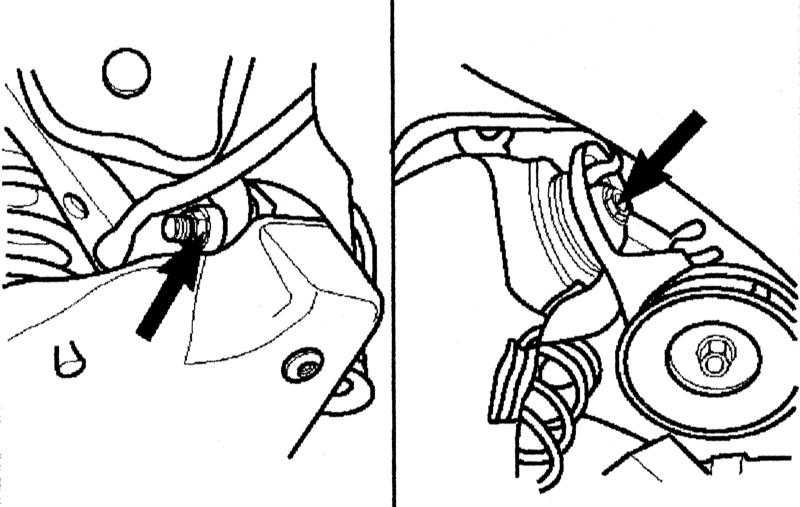
Wheel alignment adjustment.
Convergence is the projection of the angle between the plane of the wheel and the horizontal axis of the vehicle onto a horizontal plane. Positive toe means the wheels are closer together at the front than at the rear when measured at wheel midpoint height. Negative toe means that the wheels in the front are further apart than the wheels in the back.
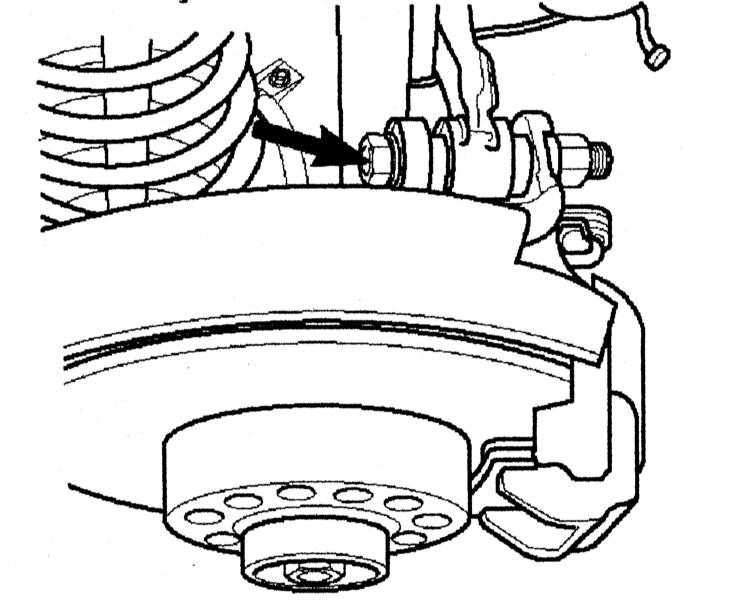
Rear wheel alignment adjustment.
The transverse inclination of the axis of rotation of the wheel is the angle between the axis of rotation of the steering knuckle and the vertical, projected onto the vertical by a plane across the car.
Due to the camber angles and the transverse inclination of the axis of rotation, the points of contact of the wheels with the road are located closer to the axis of the steering knuckle. This supports the so-called "break-in shoulder", the easier it is to drive the car. Also, bumps from uneven surfaces are less transmitted to the steering.
Longitudinal inclination of the axis of rotation of the wheel. The axis, relative to which the wheel turns, is placed in space so that its lower part is directed forward. Such an angle of longitudinal inclination is called positive. With a positive value of the angle, the self-return of the wheel to the middle position after the turn is improved.
Conditions for checking wheel alignment
Checking the installation angles of the car requires a viewing hole or a special measuring hoist. When performing a measurement, the following conditions must be met:
- The air pressure in the tires is correct.
- The front wheels are set straight.
- The car is not loaded, the fuel tank is full.
- The suspension of the car was heavily upset.
- Steering adjusted.
- Backlash in the joints of the steering rods are within the permissible limits.
- Backlash in the suspension joints are within acceptable limits.
- The tread depth of tires on the same axle is the same.
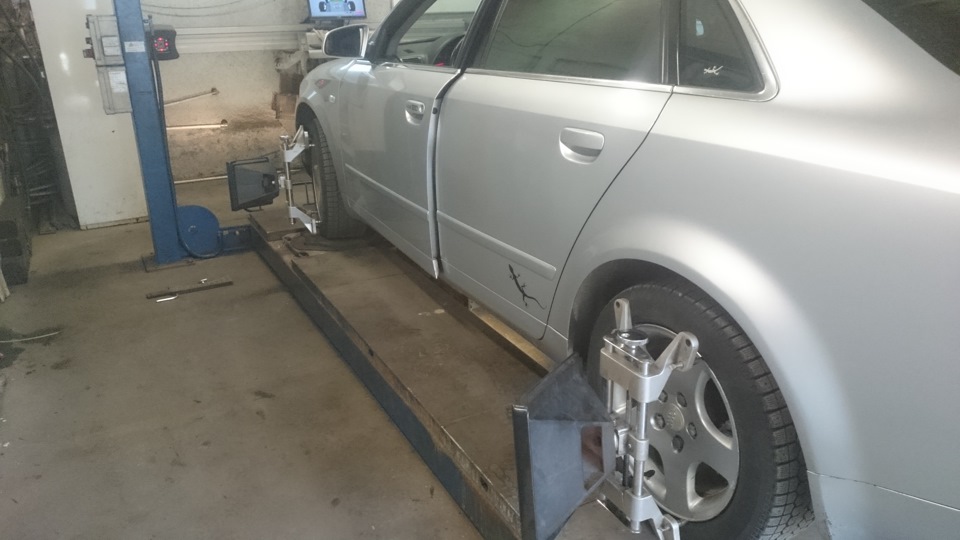
Adjustment of angles of installation of wheels.
Source: http://audi-a4-2000manual.narod.ru/audi-771-10.m_id-67.m_id2-70.html http://audi-a4-2000manual.narod.ru/audi-770-10 .m_id-67.m_id2-70.html
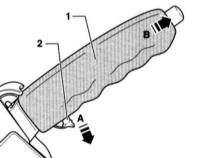
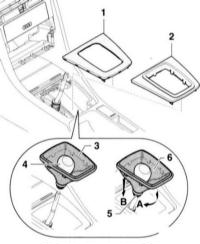
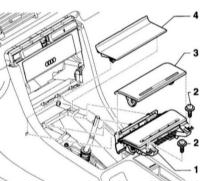
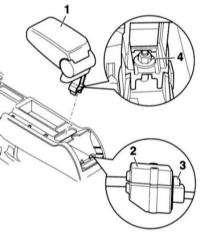

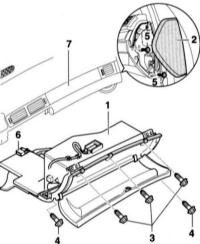
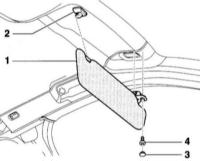
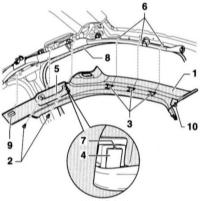
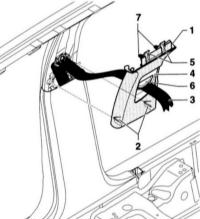
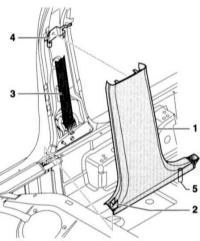
![B6 [2000 - 2005]](/uploads/Audi_A4_2000-2005_B6_.jpg)
